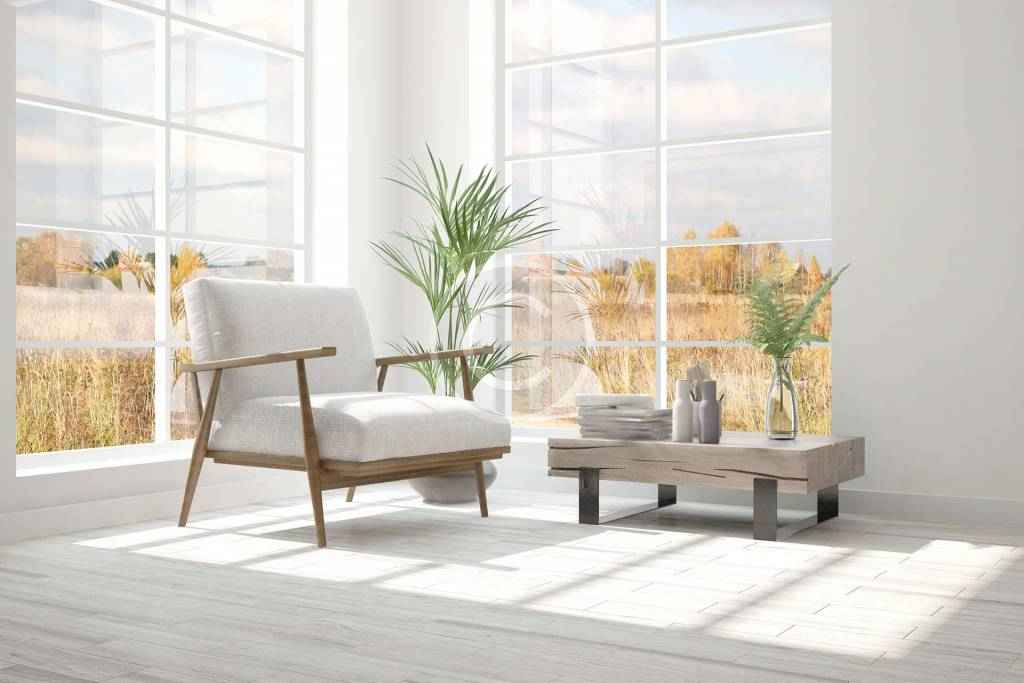W
hen it comes to protecting your flooring from plants, it’s important to consider a few key factors. From the type of plant you have to the type of flooring in your home, different strategies may be necessary to keep your floors looking their best. In this article, we’ll explore some of the most effective ways to protect your flooring from plants, including tips on choosing the right plants, using protective barriers and mats, and avoiding common mistakes that can damage your floors over time.
Choose the Right Plants
One of the most important things you can do to protect your flooring from plants is to choose the right plants in the first place. Certain types of plants, such as those with large leaves or heavy pots, can be more damaging to your floors than others. For example, plants with succulent leaves or stems can retain more water, which can lead to staining or discoloration on some types of flooring. Similarly, plants that are placed on porous surfaces like wood or carpet can leave behind water damage or even mold growth if they are not properly cared for.
To avoid these issues, it’s a good idea to research the plants you are considering and choose varieties that are well-suited to your particular flooring. For example, if you have a hardwood floor, you may want to avoid plants with heavy pots or those that require frequent watering, as these can leave behind unsightly indentations or water stains. Instead, consider plants with smaller pots or those that can be hung from the ceiling to minimize contact with the floor. Similarly, if you have a carpeted floor, you may want to choose plants with non-staining leaves or place a waterproof barrier underneath the pot to protect against spills or moisture.
Use Protective Barriers and Mats
Another effective way to protect your flooring from plants is to use protective barriers and mats. These can be especially useful for plants with heavy pots or for those that require frequent watering, which can increase the risk of water damage or staining. There are a variety of different types of protective barriers and mats available, ranging from simple plastic trays to more advanced products designed specifically for indoor gardening.


One popular option is to use a drip tray or saucer underneath your plant to catch any excess water and prevent it from seeping into your flooring. These can be found at most garden centers or online retailers and are available in a variety of sizes and materials to suit your specific needs. Similarly, you may want to consider using a waterproof mat or rug underneath your plants to protect against spills or moisture. These can be particularly useful for high-traffic areas like entryways or hallways where spills are more likely to occur.
Ensuring the harmony of nature indoors while safeguarding your flooring demands a thoughtful approach. Employ plant saucers or liners to prevent moisture from seeping onto surfaces, and opt for protective trays beneath larger plants. Embrace nature’s beauty without compromising your flooring’s integrity by implementing these simple measures.
Finally, it’s important to avoid common mistakes that can damage your flooring over time. One of the most common mistakes people make when caring for indoor plants is overwatering, which can lead to mold growth, mildew, and water damage. To avoid this issue, be sure to follow a regular watering schedule and only water your plants when the soil feels dry to the touch. If you are unsure how often to water your plants, consult with a gardening expert or do some research online to learn more.
Another common mistake people make is failing to properly clean up after their plants. This can include leaving behind debris like fallen leaves or soil, which can scratch or stain your flooring over time. To avoid this issue, be sure to sweep or vacuum around your plants regularly and remove any debris as soon as you notice it. Similarly, be sure to clean up any spills or water drips immediately to prevent staining or discoloration.

By following these tips and strategies, you can help protect your flooring from plants and keep your home looking its best. From choosing the right plants to using protective barriers and mats, there are a variety of ways to keep your floors in top condition while still enjoying all the beauty and benefits of indoor gardening. So why not start today and see how easy it can be to protect your flooring from plants?


